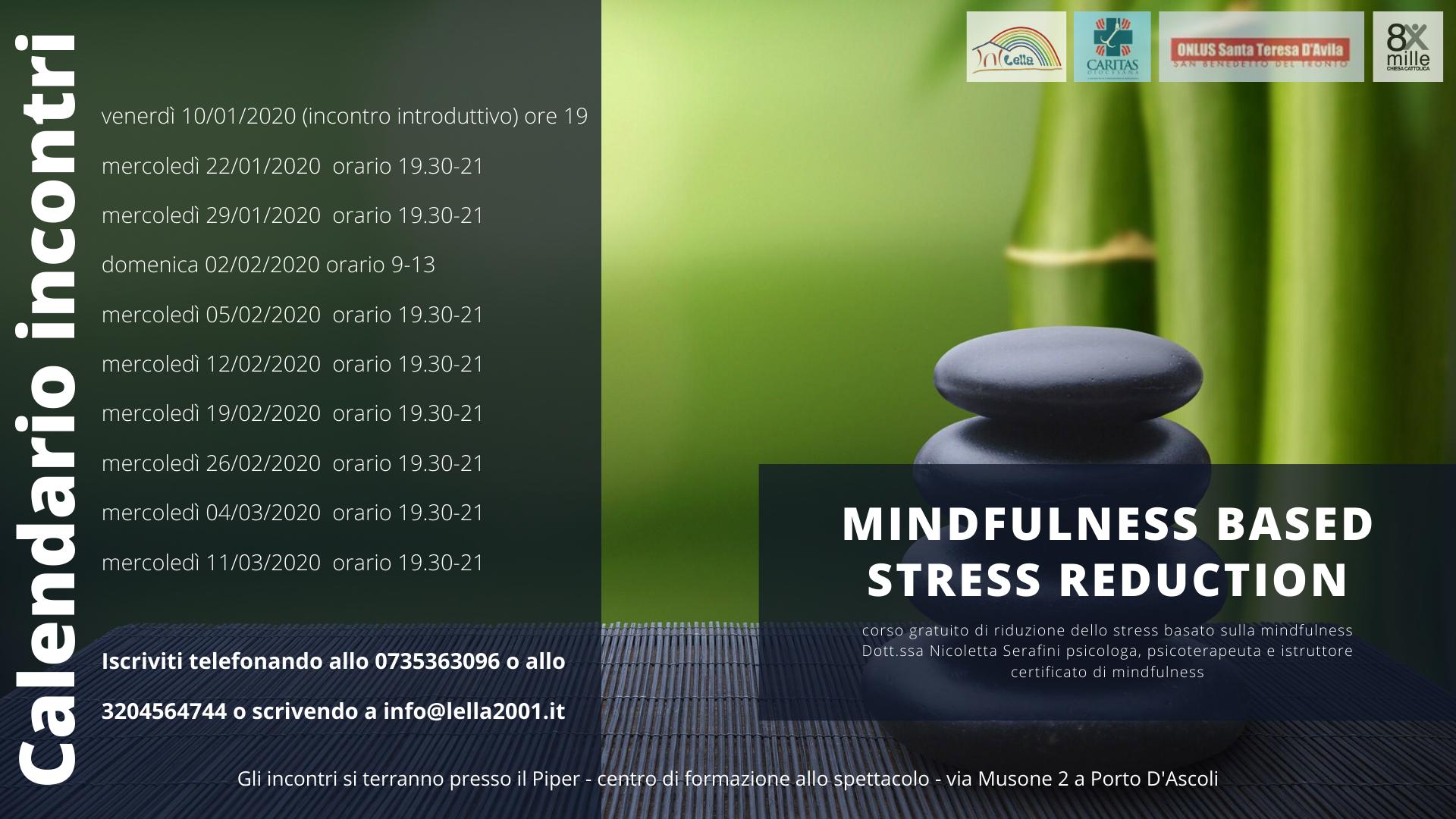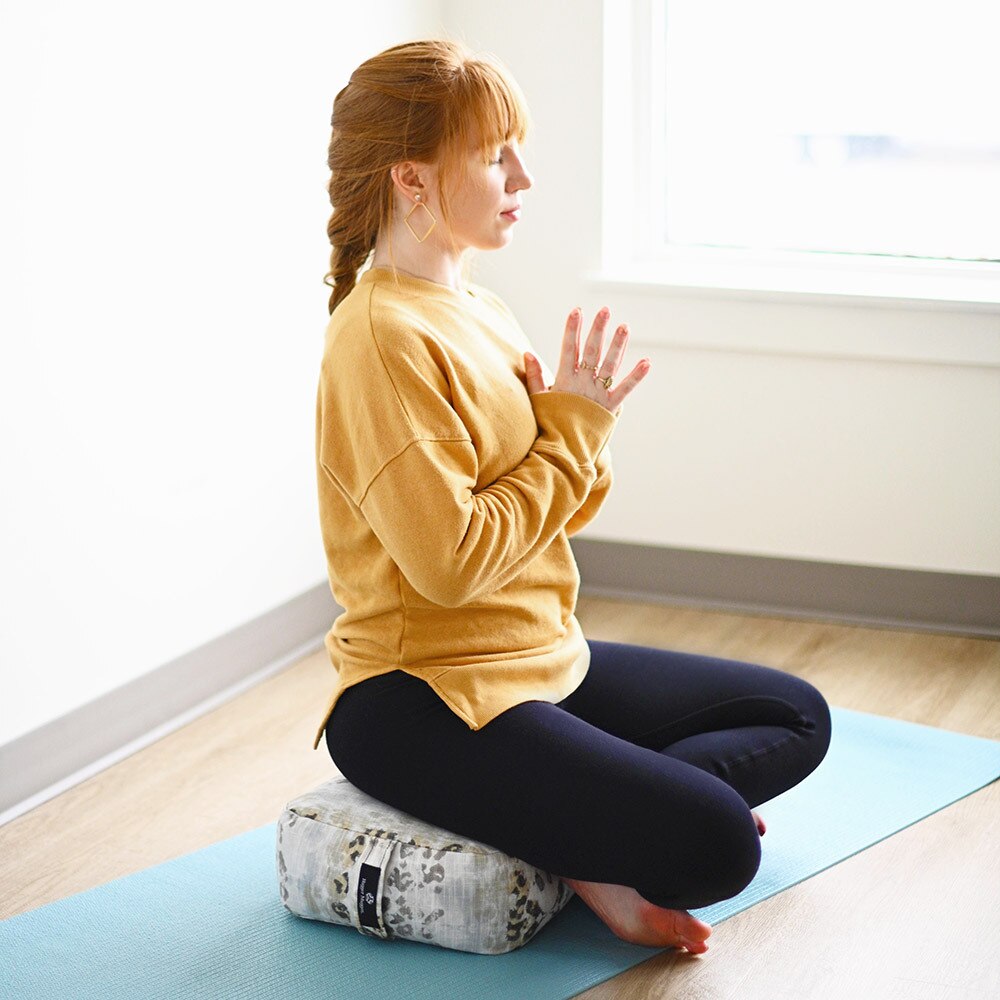
One study has found that meditation can help with chronic pain. This type of practice can relieve physical and mental pain. It can also be used to reduce stress. There is strong evidence linking stress and chronic pain. Both have been linked with various medical conditions. Meditation may help with stress management, whether you suffer from back aches and rheumatoid arthritis. This will reduce the inflammatory response in your body, which is a leading cause of pain.
People suffering from chronic pain might find meditation helpful. It can be used by people suffering from back and body pain, migraines, fibromyalgia or arthritis. It can ultimately help you to change how you see and manage pain. The process of meditation can help you make this connection. These results are encouraging. However, the question remains: Is meditation really effective for pain?

Meditating to relieve pain has many benefits. It reduces the activity in the brain area that processes pain. This reduces pain perception. If you are looking for a way to decrease your pain levels, guided meditation can be a great option. These guided meditations may be able to help you decrease pain. You can also do MBSR and other types of yoga. Find a teacher who is trained in meditation to help you learn. A qualified teacher can help you build the practice.
In addition to physical pain, meditation can also help with psychological and social aspects of chronic pain. The Sullatta Sutta helps us be fully present to any sensation and let go of attachment. Neuroimaging has shown that mindfulness practices have been proven to be effective in managing chronic pain. This means that mindfulness techniques for pain management can be tested for their effectiveness. They can be very helpful in the treatment and prevention of pain. They can be a powerful tool for people with chronic health issues.
Meditation can not only be used to relieve chronic pain but it can also be used to help manage the chronic pain. It can be used in conjunction with other methods to manage chronic pain. This can help improve your quality life. This method can be applied to daily activities and habits. This meditation is an excellent choice if you're searching for meditation for pain. Take a few minutes every day to practice this technique and it will pay off in the end.

Multiple studies have also shown that meditation for chronic pain has a positive effect. University of Pennsylvania research shows that it can reduce pain intensity and duration, as well as anxiety. Furthermore, it can help you reduce your stress by calming your mind and boosting your immune system. So, if you are suffering from chronic pain, meditation could be a great solution. Just try it and you'll see for yourself.
FAQ
Why do we need to have a healthy lifestyle?
Having a healthy lifestyle helps us live longer, happier lives. Healthy eating habits, regular exercise, healthy sleep habits, stress management, and good sleep habits can help to prevent heart disease, stroke, diabetes, cancer, and other serious diseases.
A healthy lifestyle can also help improve mental health and make it easier to deal with daily stressors. A healthy lifestyle will help us feel more confident and younger.
How to measure bodyfat?
A Body Fat Analyzer (BFA) is the best method to measure bodyfat. These devices are used to measure body fat for people who want weight loss.
Is cold an indication of a weaker immune system?
It has been said that there are two types of people on the planet: those who love winter, and those who don't. It doesn't matter if you love it or not, it is possible to wonder why it makes you feel so miserable when it gets cold outside.
The answer lies in the fact that our bodies are designed to function best during warm weather. Our bodies were designed to thrive in hot weather because this is where the majority of our food sources are.
However, our environment is quite different than that of our ancestors. We spend more time indoors and are often exposed to extreme temperatures (cold or heat) and eat processed foods rather than fresh.
As a result, our bodies aren't used to such extremes anymore. This means that we feel tired, sluggish and even sick when we venture outside.
There are many ways to avoid these side effects. Staying hydrated is one way to combat this. Water is essential for your body to function properly and eliminate toxins.
Another important step is to ensure that you're eating healthy meals. Your body will stay at its best when you eat healthy foods. This is especially beneficial for those who spend extended periods of time inside.
It is worth taking a few extra minutes each day to meditate. Meditation helps to calm your mind and body which can make it easier to deal stress and illness.
Statistics
- The Dietary Guidelines for Americans recommend keeping added sugar intake below 10% of your daily calorie intake, while the World Health Organization recommends slashing added sugars to 5% or less of your daily calories for optimal health (59Trusted (healthline.com)
- Extra virgin olive oil may benefit heart health, as people who consume it have a lower risk for dying from heart attacks and strokes according to some evidence (57Trusted Source (healthline.com)
- This article received 11 testimonials and 86% of readers who voted found it helpful, earning it our reader-approved status. (wikihow.com)
- In both adults and children, the intake of free sugars should be reduced to less than 10% of total energy intake. (who.int)
External Links
How To
What does the word "vitamin" mean?
Vitamins are organic compounds that can be found in foods. Vitamins allow us to absorb nutrients from food. Vitamins cannot be produced by the body. They must be acquired from food.
There are two types if vitamins: water soluble, and fat soluble. Water-soluble vitamins dissolve easily when they are dissolved in water. Examples include vitamin C,B1 (thiamine), B2 (riboflavin), B3 (niacin), B6 (pyridoxine), folic acid, biotin, pantothenic acid, and choline. The liver and fatty tissues are home to fat-soluble vitamins. Some examples include vitamin D and E, K, A and beta carotene.
Vitamins are classified according their biological activity. There are eight major groups of vitamins:
-
A - Essential for healthy growth and health maintenance.
-
C is important for nerve function and energy production.
-
D - essential for healthy bones, teeth, and gums.
-
E is needed for good reproduction and vision.
-
K - required for healthy muscles and nerves.
-
P - essential for strong bones, teeth and tendons
-
Q – aids digestion of iron and iron absorption
-
R – Required for the formation of red blood vessels.
The recommended daily allowance (RDA) of vitamins varies depending on age, gender, and physical condition. RDA values are set by the U.S. Food and Drug Administration (FDA).
For adults 19 years and over, the RDA of vitamin A is 400mg per day. For fetal development, pregnant women need 600 mg per day. Children ages 1-8 require 900 micrograms per day. Infants under one year of age require 700 micrograms per day, but this amount decreases to 500 micrograms per day between 9 months and 12 months of age.
Children between the ages 1--18 years old who are overweight or obese require 800 micrograms per Day, while those who are overweight or obese need 1000 micrograms. To meet their nutritional needs, children underweight and obese require 1200 micrograms a day.
2200 mg of vitamin A per day is required for children aged 4-8 who have been diagnosed by anemia.
2000 micrograms are required daily for good health in adults over 50. Because of their higher nutrient needs, women who are pregnant or nursing need 3000 mg per day.
1500 micrograms is the recommended daily intake for adults aged 70+, who lose approximately 10% of muscle each year.
Women who are pregnant and lactating need more nutrients than the RDA. Pregnant and breastfeeding women require 4000 micrograms each day during pregnancy and 2500 Micrograms each day after delivery. Breastfeeding mothers require 5000 micrograms daily when breast milk production is occurring.